Key trends
- Technology transforms operating methods. Technology is developing rapidly, changing production methods and operating models. More and more things can be automated, production and operations can be decentralised and interaction can take place remotely or via a virtual environment. Making use of technology increasingly calls for changes in thinking models and operating methods.
- AI applications permeate society. Self-driving cars, voice-controlled machines, personalised recommendations and other AI applications are becoming increasingly commonplace. More and more decision-making power is assigned to algorithms, underscoring questions of transparency, liability and distortions in the data used.
- The next wave of digitisation. Digitisation, or the use of digital technology in services and human interaction, is already part of daily life. In the short term, the interesting future trends in this area include virtual reality, augmented reality, voice control, gesture control, the Internet of Things or the Internet of Everything, as well as an emphasis on energy efficiency. Also of interest in the longer term are blockchain-driven services and the emergence of quantum computing.
- The growth of health technology. Portable devices to monitor health have become increasingly common and are still being developed further. Increased data enables more personalised and preventive care. At the same time, new treatments are being developed based on genome editing and modifying the microbiome, for example.
- The use of programmed organisms is becoming increasingly common in production. Genetic engineering and synthetic biology enable the creation of new kinds of organisms as well as the modification of existing organisms for specific purposes. Genetically modified yeast can generate silk and cyanobacteria can produce biofuel. Similar applications can be used in food production, chemical processes, textiles and in the pharmaceutical and construction industries, for instance.
- The cost of renewable energy is falling. The price of solar and wind energy has fallen sharply. At the same time, rapid progress has been made in the battery technology required for renewable energy storage. In some places, renewable energy is already cheaper than energy produced from fossil fuels. Energy production will also become increasingly decentralised as more and more people produce their own energy and sell what they do not need.
- There will be a greater emphasis on the importance of understanding technology. With more and more activities moving online to digital platforms, it is important for individuals as well as nation states to acquire new technological competences. These can include, for example, issues related to data use and rights over data, understanding the impact of algorithms on behaviour, topics related to decision-making or being prepared for cybercrime.
Technology is developing rapidly and new applications are adopted quickly. Technology influences operating methods, the structures of society and the daily life of people. It is becoming tightly intertwined with geopolitics and may increase inequality. Open and participatory discussion about the impacts of technology and how to influence them is becoming increasingly important.
The rate of technological development has been perceived as fast for quite some time now. Today, technology is not only developing rapidly, but it is also fast becoming embedded in our society – in some ways without us even noticing it. For example, smartphones have become common and the norm in terms of devices, when only a few years ago the idea of a pocket-sized machine that connects to satellites and retrieves information from other continents to help you find the nearest café would have been the stuff of science fiction.
From this perspective, it is fascinating to examine emerging technologies and consider their potential impacts on the structures of society. The report 100 Opportunities for Finland and the World highlights various AI-related technologies, solar power, advanced sensors and battery technology. Similarly, the 100 Radical Innovation Breakthroughs for the Future report published by the European Commission highlights AI technologies as well as rapidly emerging innovations in the form of chips that mimic brain function, biodegradable sensors and shapeshifting 3D printed objects. Rapid progress has also been achieved in recent times in fields such as quantum computing and synthetic biology, which refers to the creation and modification of organisms.
In the short term, the area of technological development that will bring the most significant changes is the growing use of AI applications. Artificial intelligence will permeate society in the same way that the internet once did. This does not mean that artificial intelligence will evolve to the point of self-awareness or human thinking. Instead, it means that there will be growing number of algorithms that use big data to perform a given function. This development is underpinned by several intertwined trends, such as the growing amount and availability of data, increased interconnectedness, the growth of computing capacity and the development of algorithms. In practice, this will lead to the increased use of speech recognition, facial recognition, traffic automation, conversational robots and recommendation systems. Computer programs will also be given more decision-making powers, resulting in concerns about the understandability and transparency of artificial intelligence.
When it comes to the development of technology, the key issue is not so much the technology itself as the changes in operating methods it entails. Instead of simply doing the same things faster and more efficiently, we will do things differently. The biggest technology-driven changes are likely to be seen in mobility, manufacturing, food production and consumption. The servitisation and electrification of mobility is already underway, and self-driving cars will become part of the transport system. We will engineer organisms to produce raw materials or nearly finished products for us. Outdoor farming will be complemented by indoor farming and bioreactors producing berry purées. The circular economy, and the sharing economy as a part of it, will transform consumption and exchange.
The trends mentioned above illustrate the current direction of technological development. However, the direction can be influenced. To that end, it is important to think about what the desired future looks like and how technology can help the world move towards it. At the same time, it is also necessary to consider the new challenges presented by technology with respect to inequality, for example. When it comes to artificial intelligence and, to some extent, synthetic biology, there is increasing discussion about the impacts of these technologies on society. The acceptable adoption of new technology will require co-operation between various parties and the resolution of ethical issues.
Technology affects us, but how do we affect technology?
With regard to daily life, the key questions concern the understandability and ease of use technology as well as the related opportunities to make choices and exercise influence. When technology changes operating methods, will everyone stay on board? When services are increasingly used by tapping buttons on smart devices, will everyone have access to the same opportunities? New technology can also bring new divisions related to who knows how to use it, who has access to it and who has the power to influence its development and adoption. Understandability and ease of use are particularly important in the context of the ageing population.
Indeed, it is necessary to consider how the development and adoption of technology is linked with other trends, such as ageing. Modifying the genome and microbiome enables new treatments and can radically extend healthy life expectancy. This raises the question of who has access to these new treatments. What opportunities to make choices do people have with new technology, and what are the consequences of refusing new forms of treatment? Even with the arrival of new technology, old principles should not be forgotten. The best way to extend one’s healthy life expectancy is still to exercise and eat healthily.
Technology can be influenced, but it is also used to influence us. Smart devices and social media have significantly changed our social interaction. At its best, technology can increase equality by helping blind people see or giving physically weak people more strength in the form of exoskeletons. At its worst, the adoption of technology can increase the vulnerability of society by introducing greater dependence on more and more complex systems and isolating us in “filter bubbles”.
The important question is, who gets to decide on technology? What power do corporations have relative to countries and people? How successful will we be in regulating the impacts of technology at the national and global level? Instead of individual technologies, attention is also being increasingly given to larger entities, ecosystems and social innovations. It is necessary to further expand the perspective towards the level of systemic change and to see technology as one part of broader change.
At the global level, tensions over the regulation of technology have increased. When it comes to data ownership and the adoption of artificial intelligence, for example, there are significant differences in policy between China, the United States and Europe. With our digitised society being increasingly dependent on information networks and digital services, the role of technology as an instrument of geopolitical power has grown. In addition to discussing who owns data, it is necessary to pay attention to the ownership of patents and the digital infrastructure.
In parallel to increasing society’s resilience to surprises created by the environment, such as extreme weather phenomena, it is also important to increase resilience to surprises created by technology. This concerns not only structures, such as power grids and information networks, but also culture and people’s competences. Awareness of new technology and its impacts and the ability to use technology will be vital, as will the ability to temporarily cope without having access to the technology one is used to. At the societal level, there is also a growing need to consider differences in the use of technology and the related competences.
Another important question is whether technology is an asset or an obstacle in the transition to a more sustainable society. Smart grids enable decentralised energy production and the balancing of peaks in power consumption. Artificial intelligence can help increase energy efficiency and blockchains can be used to create a global and reliable solution for monitoring the origin of the resources used in products as well as the carbon footprint. New technology is being developed in areas such as energy harvesting and the improvement of energy efficiency, while self-powered biodegradable sensors help collect environmental data. At the same time, the energy consumption of technology – especially artificial intelligence and blockchains – is growing sharply. According to researchers at the University of Massachusetts, Amherst, teaching a single AI algorithm can consume as much as 600 MWh depending on complexity, and Digiconomist has estimated that the total energy consumption of the blockchain-based currency Bitcoin is equal to the carbon footprint of Denmark. The tension between the energy use of technology and the benefits it provides will significantly influence the shape our future will take.
Tensions
- Deciding on technology. The adoption of technology changes technology in significant ways, which is why it is important to pay attention to who decides on its development: corporations, governments or people, or perhaps all of them together? In addition to addressing individual technologies, consideration should also be given to the ecosystems they form and their combined effects.
- The fight over the internet and artificial intelligence. We are in the midst of a competition between corporations and governments as to who will reap the greatest benefits from the growing amount of data and the development of artificial intelligence in the form of patents, infrastructure or the ability to define operating practices, for example. Digital technology is becoming tightly intertwined with geopolitics.
- Technology as an opportunity or threat. While technology can be an asset in the transition to a more sustainable society, it can also be an obstacle. In particular, the growing energy demands of technology conflict with attaining climate targets. Dependence on technology may also have an adverse impact on well-being.
- Technology creates divisions and inequality between people. With the rapid development of technology and longer lifespans, there will be a growing number of divergent technological realities in society. Different age groups use technology in very contrasting ways. There is no longer a solution that suits everyone.
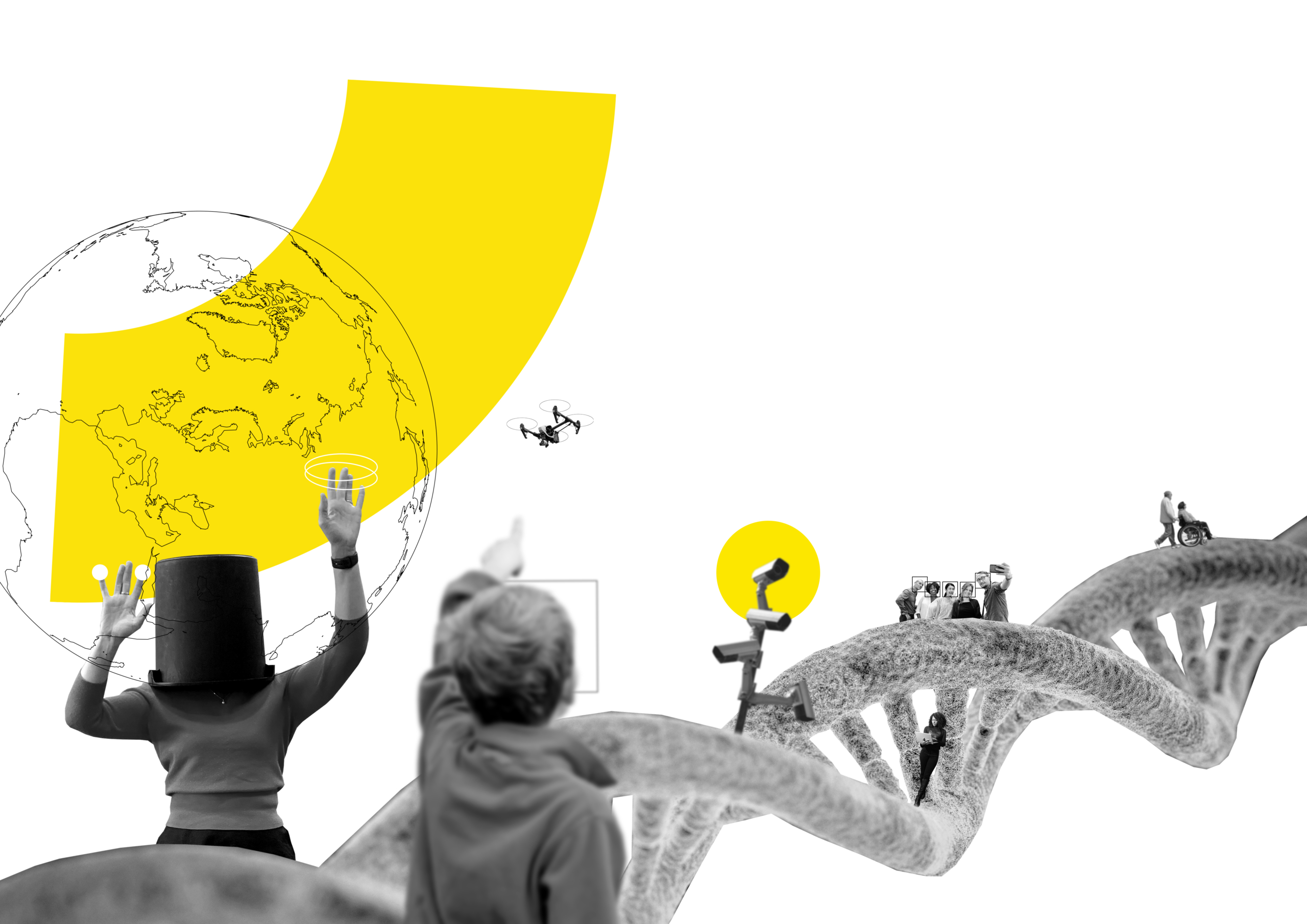






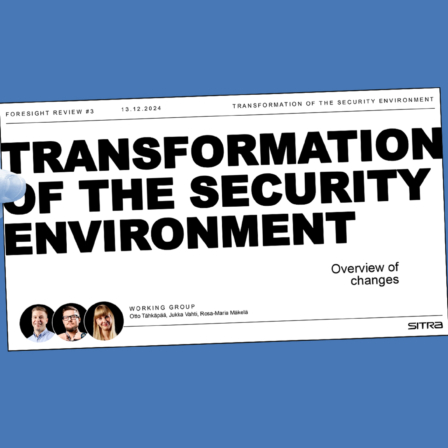

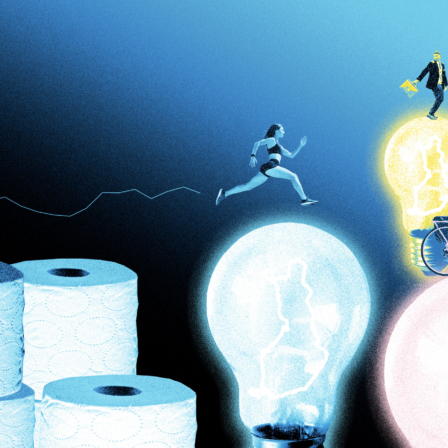

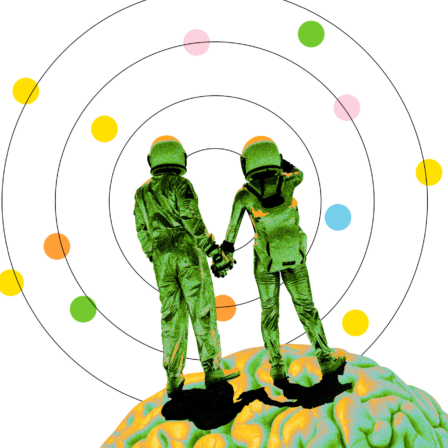

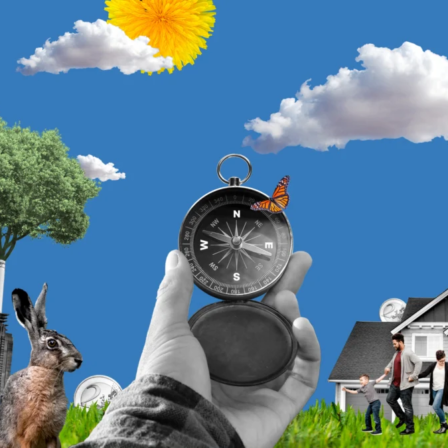

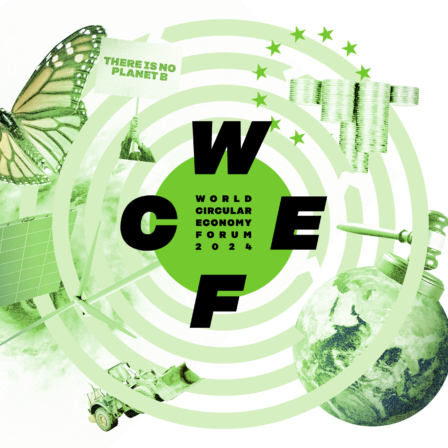
Recommended
Have some more.